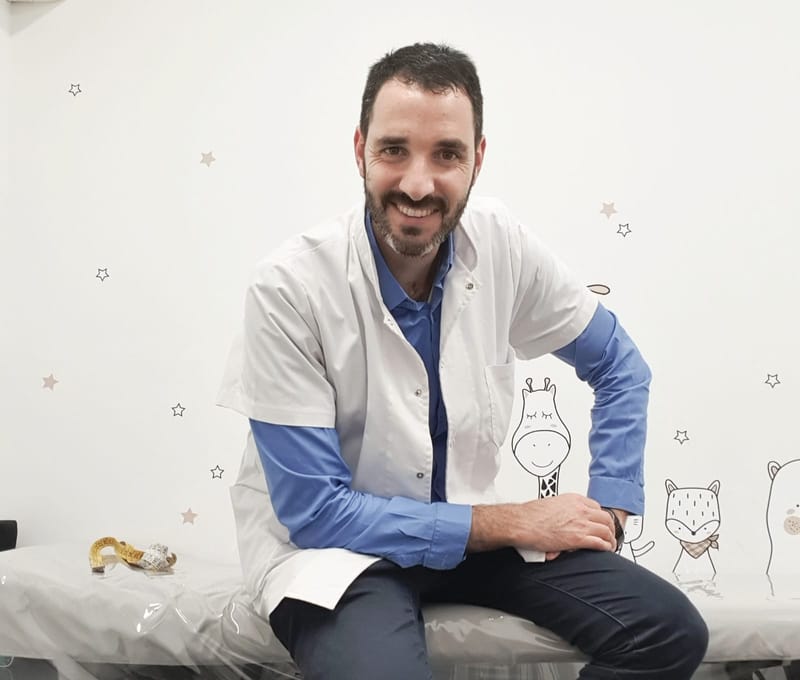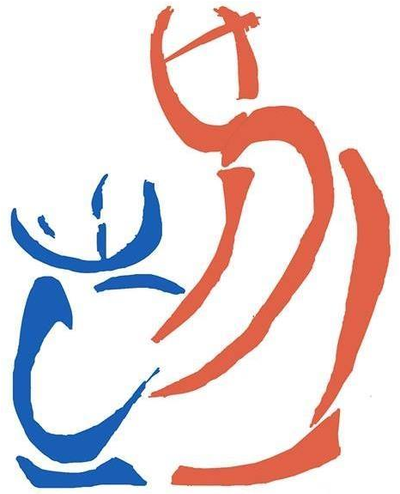Médico Pediatra Guillermo Guelbert

Médico especialista en pediatría. Diplomado en Errores Inatos del Metabolismo. Desempeñándome en la Sección Enfermedades Metabólicas del Hospital de Niños de la Santísima Trinidad, Córdoba, Argentina.Tesista del Doctorado en Medicina de la Facultad de Ciencias Médicas de la Universidad Nacional de Córdoba, bajo la Dirección de la Prof. I. Noher. Tesis doctoral sobre evaluación de niños afectados de LCN2 bajo tratamiento intratecal con Cerliponasa alfa en el Hospital de Niños de Córdoba.
Publicaciones científicas:
Neuronal ceroid lipofuscinosis in the South American-Caribbean region: An epidemiological overview
Autor/es:
GUELBERT, GUILLERMO; VENIER, ANA CLARA; CISMONDI, INES ADRIANA; BECERRA, ADRIANA; VAZQUEZ, JUAN CARLOS; FERNÁNDEZ, ELMER ANDRÉS; DE PAUL, ANA LUCÍA; GUELBERT, NORBERTO; NOHER, INES; PESAOLA, FAVIO
Revista:
Frontiers in Neurology
Editorial:
Frontiers Media S.A.
Referencias:
Lugar: California; Año: 2022 vol. 13
Resumen:
Neuronal ceroid lipofuscinoses (NCLs) comprise 13 hereditary neurodegenerative pathologies of very low frequency that affect individuals of all ages around the world. All NCLs share a set of symptoms that are similar to other diseases. The exhaustive collection of data from diverse sources (clinical, genetic, neurology, ophthalmology, etc.) would allow being able in the future to define this group with greater precision for a more efficient diagnostic and therapeutic approach. Despite the large amount of information worldwide, a detailed study of the characteristics of the NCLs in South America and the Caribbean region (SA&C) has not yet been done. Here, we aim to present and analyse the multidisciplinary evidence from all the SA&C with qualitative weighting and biostatistical evaluation of the casuistry. Seventy-one publications from seven countries were reviewed, and data from 261 individuals (including 44 individuals from the Cordoba cohort) were collected. Each NCL disease, as well as phenotypical and genetic data were described and discussed in the whole group. The CLN2, CLN6, and CLN3 disorders are the most frequent in the region. Eighty-seven percent of the individuals were 10 years old or less at the onset of symptoms. Seizures were the most common symptom, both at onset (51%) and throughout the disease course, followed by language (16%), motor (15%), and visual impairments (11%). Although symptoms were similar in all NCLs, some chronological differences could be observed. Sixty DNA variants were described, ranging from single nucleotide variants to large chromosomal deletions. The diagnostic odyssey was probably substantially decreased after medical education activities promoted by the pharmaceutical industry and parent organizations in some SA&C countries. There is a statistical deviation in the data probably due to the approval of the enzyme replacement therapy for CLN2 disease, which has led to a greater interest among the medical community for the early description of this pathology. As a general conclusion, it became clear in this work that the combined bibliographical/retrospective evaluation approach allowed a general overview of the multidisciplinary components and the epidemiological tendencies of NCLs in the SA&C region.
